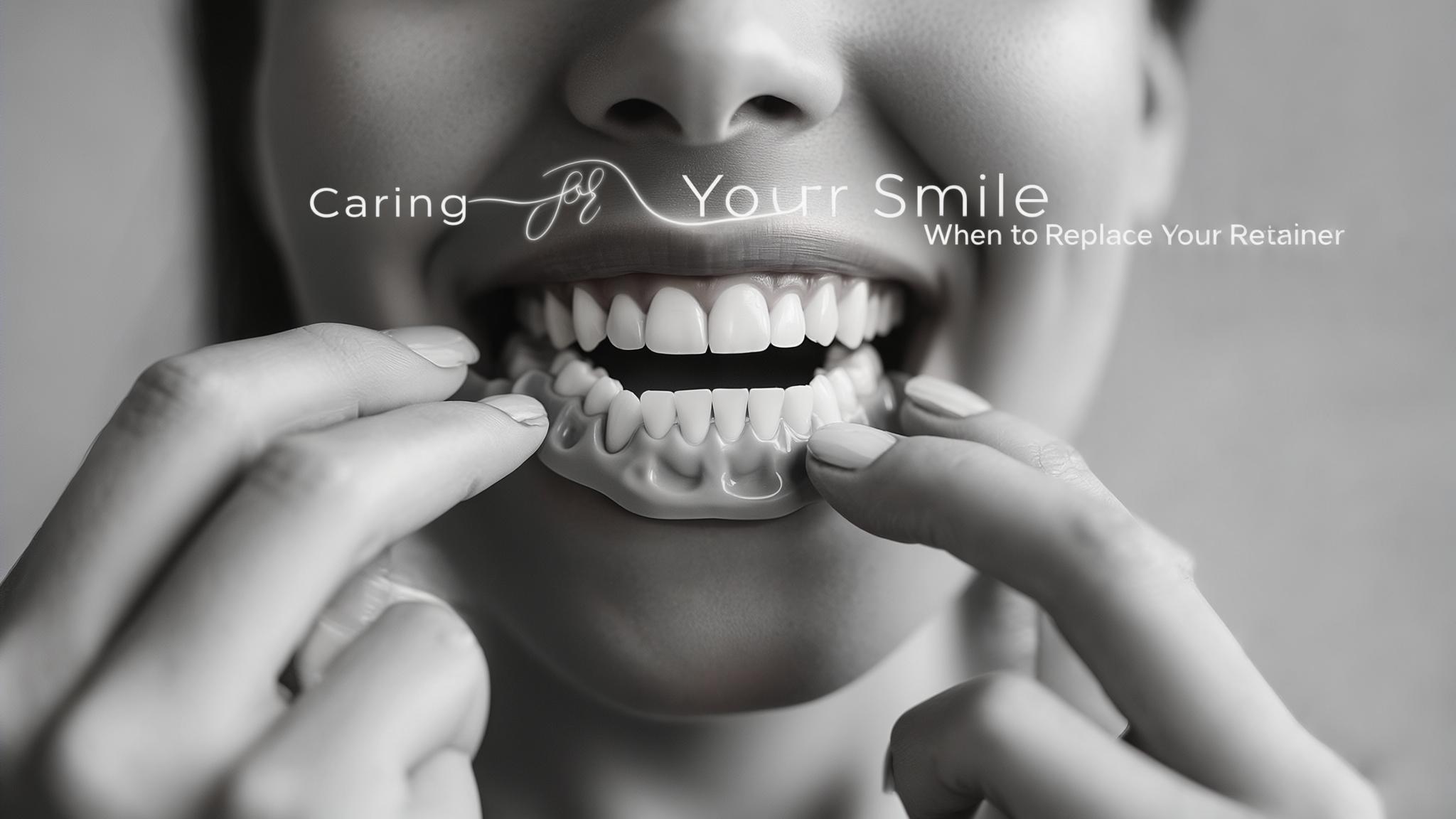Understanding Retainers
Retainers are dental devices that play a crucial role in orthodontics. After completing orthodontic treatment, such as wearing braces, retainers help maintain the new position of your teeth. They ensure that your teeth don't shift back to their original positions, which is why they are an essential part of your orthodontic journey.
Retainers are vital in preserving the hard work and investment you've put into achieving a straight smile. Without them, the teeth can gradually shift back, undoing the benefits of braces. This article aims to guide you on how often retainers should be replaced, recognize signs that indicate a need for a new one, and provide care tips to extend their lifespan.
Types of Retainers
Retainers generally come in two types: fixed and removable.
-
Fixed Retainers: These are thin wires bonded to the back of your teeth, usually the lower front teeth. They are not visible and require minimal maintenance. However, regular dental check-ups are necessary to ensure they remain secure and effective.
-
Removable Retainers: These can be taken out for cleaning and are typically made of plastic and wire or clear plastic. They need more care but offer the flexibility of being removed when necessary.
Both types of retainers serve to prevent teeth from shifting and support proper jaw and bite alignment.
Lifespan of Retainers
Fixed Retainers
Fixed retainers are designed to last many years but require periodic checks to ensure they remain intact. They can sometimes become loose or break, necessitating repair or replacement.
Removable Retainers
Removable retainers typically last between 5 to 10 years, depending on how well they are cared for. Factors like material wear, changes in dental structure, and personal habits such as teeth grinding can impact their durability.
Signs It's Time for a New Retainer
Physical Signs
- Cracks or Breaks: Any visible damage, like cracks or breaks, means it's time for a replacement.
- Warping: If the retainer has changed shape, it won't fit correctly and needs replacing.
Fit and Comfort Issues
- Difficulty Inserting/Removing: If your retainer becomes hard to put in or take out, it may need adjustment or replacement.
- Discomfort: Increased discomfort or pain while wearing your retainer is a sign that it may no longer fit properly.
Changes in Teeth Alignment
- Shifting Teeth: Noticeable movement or gaps between teeth indicate that the retainer isn't doing its job.
Odor or Discoloration
- Persistent Odor: A bad smell that persists despite regular cleaning suggests it's time for a new retainer.
- Stains: Unusual discoloration can be a sign of material breakdown.
Care Tips for Retainers
Daily Cleaning Routine
- Use mild soap or retainer cleaning tablets to clean your retainer daily.
- Brush gently to avoid scratching the surface.
Proper Storage
- Always store your retainer in a case when not in use.
- Avoid exposing it to extreme temperatures, which can warp the material.
Regular Dental Check-Ups
- Regular check-ups ensure your retainer is in good condition and functioning properly.
- Discuss any concerns with your orthodontist to get personalized advice.
Conclusion
Retainers are a crucial part of maintaining the results of your orthodontic treatment. Recognizing the signs that it's time for a replacement and practicing proper care can ensure your smile stays perfect. Always consult with your orthodontist for advice tailored to your needs.
References
For further reading on orthodontics and retainer care, consider visiting these resources:

